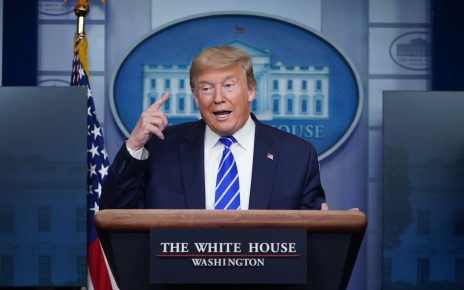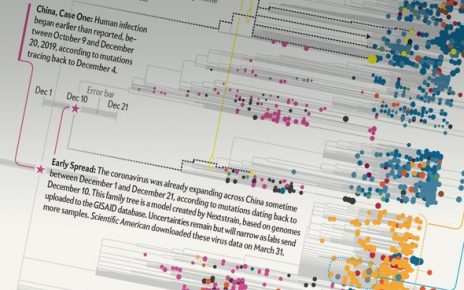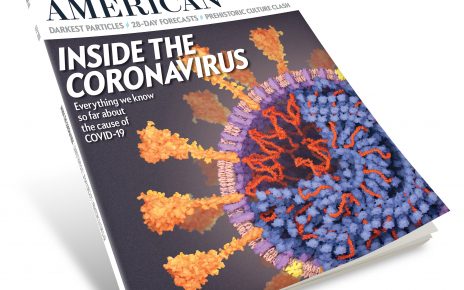Four-year-old Nadia began to show some worrisome signs. She had an unusually poor appetite accompanied by a dry cough. Sure enough, testing revealed that she was infected with COsVID-19. Nadia now seems to be on the mend after receiving medical attention. Good thing too, because Nadia is one of the very few of her kind left on Earth.
Nadia is a Malayan tiger whose home is in New York City’s Bronx Zoo. She is the face of a species that has become critically endangered in its native range in Southeast Asia. Malayan tiger numbers have plummeted from 3,000 in the 1950s to 300 or fewer today. Their plight has come about because people have encroached on their tropical and subtropical forest habitats, converting them to other land uses to support human livelihoods and economic welfare.
Tigers have also been indiscriminately killed because they are viewed as threats to human safety, and they have been hunted for their meat and their bones which, according to folklore, have medicinal powers. So, zoos like the Bronx Zoo that are home to 70 Malayan tigers worldwide act as safe havens for this and other endangered species.
Or so we think.
In a fateful twist, the very factors that have endangered Malayan tigers in the wild have come full circle to potentially endanger them in captivity. Evidence suggests that human encroachment on wild nature and associated hunting and selling of wild animals for their meat created the conditions that sparked the spread of COVID-19, with the disease eventually landing a world away in New York City.
There is always a rush to find something to blame for these circumstances and quickly fix the problem. The blame for COVID-19 has fallen variously on humankind’s singular drive to exploit and transform wild nature to support its economic well-being, to the very animals—in this case bats—that originally harbored the coronavirus before it jumped over to humans. Some offer a quick-fix solution: eliminate populations of disease-carrying animals to remove the immediate threat to human health. Others see this as a larger symptom of humanity’s impact on the planet; a wake-up call for humans to think differently about their encroachment on nature.
There is no denying the worrisome signs that humankind is rapidly transforming the entire planet in unsustainable ways. Scientists characterize our time as the “great acceleration” in which we are speeding up our economic productivity and technological advancement, both of which accelerate our demands and impacts on nature. We dig up ores and metals to build modern technology and infrastructure. We cut down timber for wood products. We clear wildlands for agriculture and to build urban environments. On a finite planet, our expanded demand for natural resources or land area necessarily leaves less available exclusively for the millions of other species with which we share the planet. Our headlong drive to exploit nature increasingly puts us into closer proximity to one another.
But getting rid of species that are deemed harmful to us can circle back to be harmful to us. This is because many species that pose risks to our health and safety provide critical functions that sustain humanity. Take bats and tigers for example. Bats control insects that could otherwise become pests on agricultural crops, or worse, spread other kinds of diseases. Bats also pollinate plants and disperse seeds helping to sustain forests. Tigers prey on populations of herbivorous animals. If unchecked by predation, rising numbers of herbivores could end up denuding forests, with a resulting loss of timber production, or worse, loss in forests’ capacity to take up atmospheric CO2 to help balance the global carbon budget.
Diseases often spill over to humans when road building opens access to wilderness to exploit resources or when habitat becomes altered by agriculture. Such encroachment often alters species movements and habitat use in ways that increase the likelihood for direct contact with humans. Flying fox bats and fruit trees, for example, are mutually dependent on one another in their natural habitats. When these fruit trees are cultivated by agriculture, they can draw the bats in closer to humans. The bats’ presence might be encouraged because they are natural pollinators of fruit trees.
But they also carry viruses that can cause human encephalitis outbreaks. The danger to humans can become acute when fruit trees are planted near livestock farms. The close proximity between bats and livestock allows the virus to jump to livestock, in turn spilling over to humans when the livestock are slaughtered. An effective ecological fix is to deploy a form of permanent “agricultural distancing” in which fruit trees are planted far enough away from the farms to ensure the bats’ habitat use doesn’t overlap with the livestock.
Diseases spill over too when we unravel ecological dependencies. Livestock herders in West Africa often kill lions out of fear that their attacks threaten their livelihoods and personal safety. But lions naturally keep baboon populations in check. Baboons can be heavily infested with gut parasites, including worms and protozoans. Once relieved from predation threat themselves, baboons in turn move more widely, oftentimes into villages, resulting in the spillover of parasites to humans.
The toll of parasitic infections on human health and welfare in these villages can be heavy. But again, interventions that help humans coexist more safely with lions are available. Livestock can be held in corrals, built with natural materials, to protect them during times when they are at highest risk of being hunted. As well, ensuring that lions’ natural prey base is sustained through habitat conservation can help to draw predator movement and activity away from human settlements.
Microbes and parasites are a natural part of the web of life, among the millions of species with which we share the planet. Their evolved functional roles in nature are effectively no different than predator species that keep prey populations in check, or the herbivore species that graze down vegetation. And so, they too contribute to sustaining the planet. The lesson from the pandemic is not that we can or should retreat from nature. Rather we must learn to become better stewards.
Stewardship is about striving for continuous improvement of environmental performance everywhere in support of the simultaneous preservation of species and the production of natural resources and ecosystem services. It means being mindful to minimize the disruption to the ecological interdependencies in the places where we do encroach. That involves striking a balance between keeping species in place to fulfill their natural functions, while keeping them at bay to minimize the risk of disease spillover and the emergence of public health crises in places far away from nature.
This column is based on the author’s essay, “Sustaining Humans and Nature as One: Ecological Science and Environmental Stewardship,” in the book A Better Planet: Forty Big Ideas for A Sustainable Future, recently published by Yale University Press.




